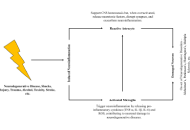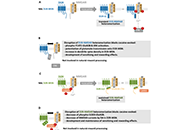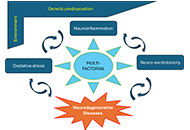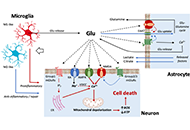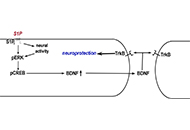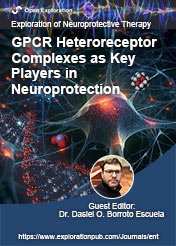
GPCR Heteroreceptor Complexes as Key Players in Neuroprotection
Guest Editor
Dr. Dasiel O. Borroto Escuela E-Mail
Department of Neuroscience, Karolinska Institutet, Biomedicum, B0851, Solnavagen 9. 17177 Stockholm, Sweden; Receptomics and Brain disorders lab, Department Of Human Physiology, Physical Education and Sport, Faculty of Medicine, University of Malaga, Malaga, Spain
Research Keywords: G protein coupled receptor; heteroreceptor complexes; neurodegeneration; neuroprotection; neurochemistry; neurobiology; biochemistry
About the Special lssue
The discovery and exploration of allosteric receptor-receptor interactions within G protein-coupled receptor (GPCR) heteroreceptor complexes in the central nervous system (CNS) have changed our understanding of brain integration and neuropsychopharmacology. These molecular interactions, particularly within postjunctional membranes of synapses, are proposed to underpin the molecular basis of learning and memory. The emergence of the GPCR heterodimer network (GPCR-HetNet) has demonstrated the significant impact of allosteric receptor-receptor interactions on GPCR diversity and recognition, thereby enhancing specificity in signaling. Dysregulation of GPCR heteroreceptor complexes is implicated in various brain disorders, presenting these complexes as critical players in neuroprotection. Investigations into serotonin (5-HT) hetero- and isoreceptor complexes over the past decade have uncovered novel targets for drug development, particularly in major depression. Neuromodulation of neuronal networks in depression involves a complex interplay of GPCR heteroreceptor complexes, such as GalR1-5-HT1A, GalR1-5-HT1A-GPR39, GalR1-GalR2, and putative GalR1-GalR2-5-HT1A heteroreceptor complexes. The 5-HT1A receptor protomer emerges as a pivotal component, enhancing antidepressant actions through its participation in various hetero- and homoreceptor complexes. In the context of cocaine use disorder, neuromodulation of neuronal networks via dopamine (DA) and adenosine signals engages A2AR-D2R and A2AR-D2R-Sigma1R heteroreceptor complexes in the dorsal and ventral striatum. Excitingly, the excitatory modulation by A2AR agonists of the ventral striato-pallidal GABA anti-reward system, targeting the A2AR-D2R and A2AR-D2R-Sigma1R heteroreceptor complexes, holds promise as a novel therapeutic avenue for treating cocaine use disorders. Additionally, investigations into schizophrenia reveal a complex interplay involving DA, adenosine, glutamate, 5-HT, neurotensin peptides, and oxytocin. Heteroreceptor complexes such as A2AR-D2R, D2R-NMDAR, A2AR-D2R-mGluR5, D2R-5-HT2A, and D2R-oxytocinR emerge as potential targets for the treatment of positive, negative, and cognitive symptoms of schizophrenia. This comprehensive exploration underscores the pivotal role of GPCR heteroreceptor complexes in the intricate landscape of neuroprotection and presents promising avenues for therapeutic interventions in various brain disorders.
Keywords: G protein-coupled receptors; allosteric interactions; oligomerization; receptor-receptor interactions; heteroreceptor complexes; mental disorders; neurodegeneration; neuroprotection
Published Articles
